It was built in 1931, just before the war, as staff quarters for the director of the zoo, Jan Żabiński. Apart from Żabiński, his wife Antonina and his children, Ryszard and Teresa, it housed animals which required special support.
The villa was not only a place for life and work, but above all the mute witness of the events that took place within its walls during the Second World War. Swine were bred in the zoo in order to provide supplies for the German army; to acquire the fodder needed to feed the pigs, Jan Żabiński was allowed to freely travel within the city. He used this right to sneak Jews out of the Warsaw Ghetto, then hiding the people he saved in the basements of the villa. These basements were heated and had access to fresh water. Antonina Żabińska developed a certain system of communication in order to warn those hiding in the basement. The moment German troops arrived on the grounds of the zoo and the situation became dangerous, she would take her place at the piano and give them specific messages depending on which of several melodies she would play. On the musical command, they would hurry through the underground tunnel and, having left the building, would huddle down in the undergrowth.
For their heroic efforts and risking their lives to save as many people as they could, Jan and Antonina were awarded with the Righteous Among the Nations medal issued by the Institute of Remembrance for the Martyrs and Heroes of the Holocaust Yad Vashem. In 2017, the film The Zookeper’s Wife premiered, detailing the story of the heroic activities of the Żabińskis during the occupation.
The Villa of the Crazy Star didn’t suffer any damage during the war and, following renovation work which was completed in 2015, is open to visitors. In the first room one can see the rich collection of insects which belonged to the world-famous entomologist Szymon Tenenbaum- a friend of Jan Żabiński who perished in the ghetto in 1941. Apart from the entomological display cases there are also Zabiński’s books and ashtray. In the living room stands the grand piano on which Antonina played. In the basements where the Jews were hidden, one can watch educational films or visit the memorial hall of Magdalena Gross, a sculptress. Hiding in the Żabińskis’ villa, she filled the time sculpting the animals of the Warsaw Zoo from clay.

Bliskości starówki, znakomite skomunikowanie transportem miejskim z resztą miasta oraz duża liczba atrakcji w różnych obszarach tematycznych powodują, że warszawska Praga jest znakomitym miejscem do odkrycia tego, co jeszcze w Warszawie nieodkryte. Zarówno dla turystów jak i mieszkańców stolicy!
Zapraszamy na Pragę!
Barbara Tutak Prezes Zarządu Warszawskiej Organizacji Turystycznej


Dofinansowanie zadania publicznego ze środków Ministerstwa Rozwoju i Technologii zgodnie z zawartą Umową nr III/16/P/63003/2820/21/DT.

Dofinansowanie zadania publicznego ze środków Ministerstwa Rozwoju i Technologii zgodnie z zawartą Umową nr III/16/P/63003/2820/21/DT.

PragaodNova 2021 | Polityka prywatności
projekt i wykonanie: aiai.pl